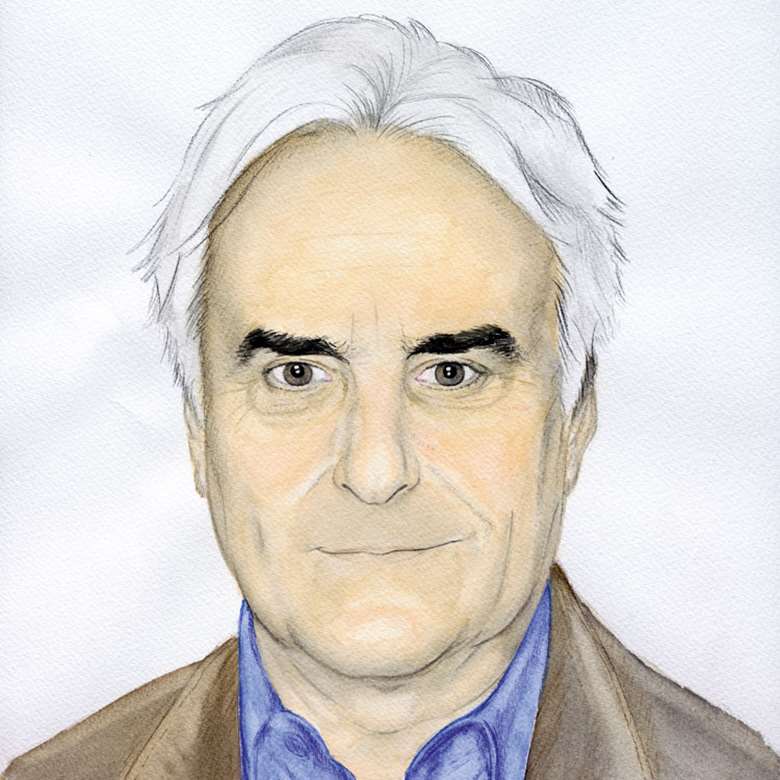The problem for film composers today
Richard Eyre
Monday, February 20, 2017
Richard Eyre, on the trials and tribulations of today's film composers

Register now to continue reading
Thanks for exploring the Gramophone website. Sign up for a free account today to enjoy the following benefits:
- Free access to 3 subscriber-only articles per month
- Unlimited access to our news, podcasts and awards pages
- Free weekly email newsletter






